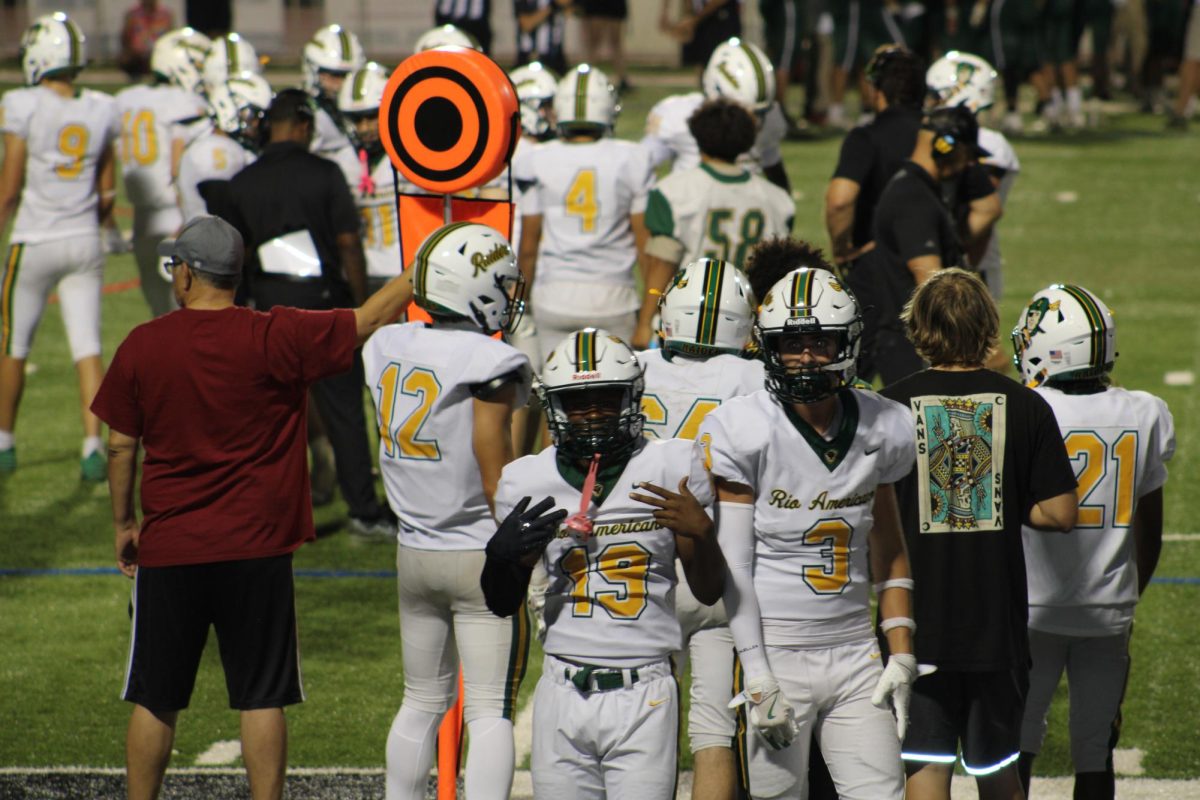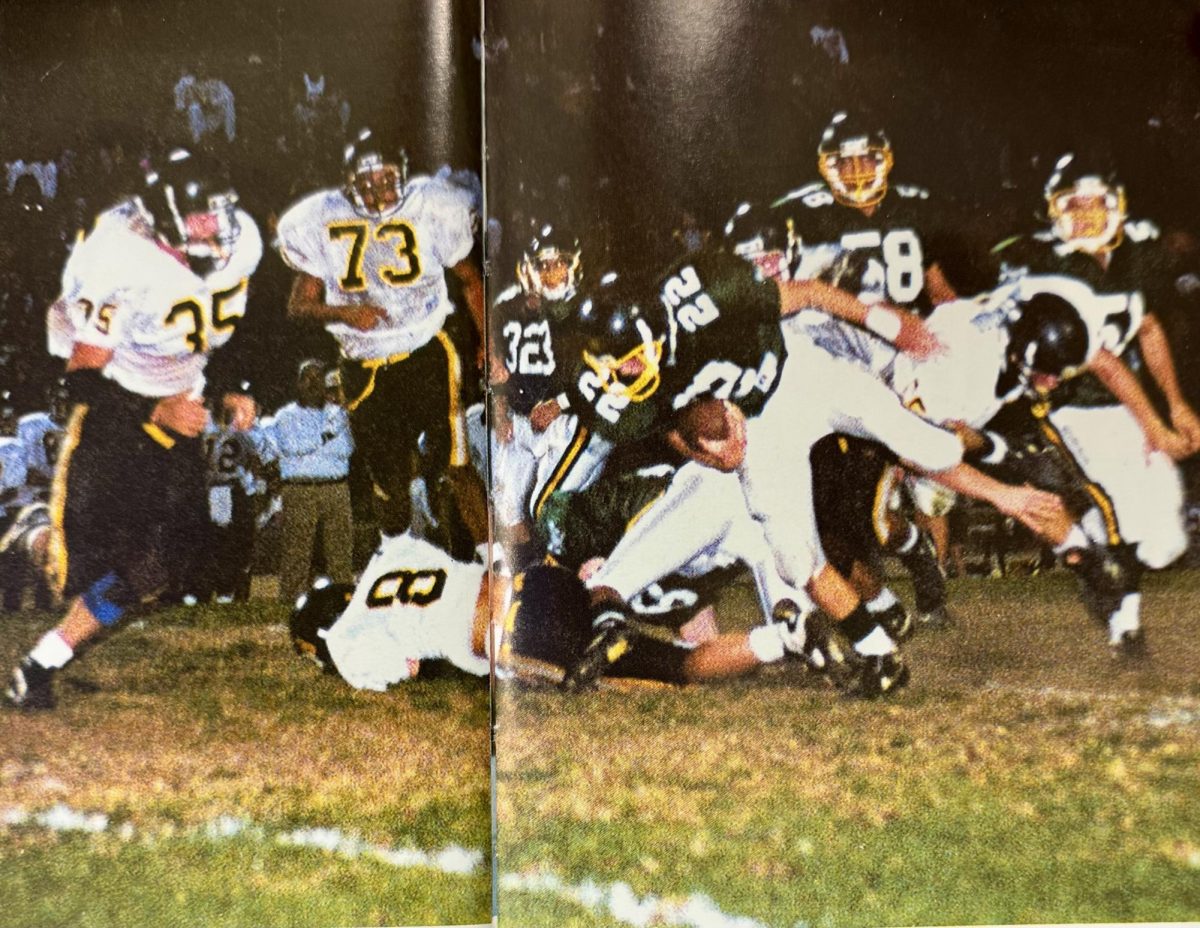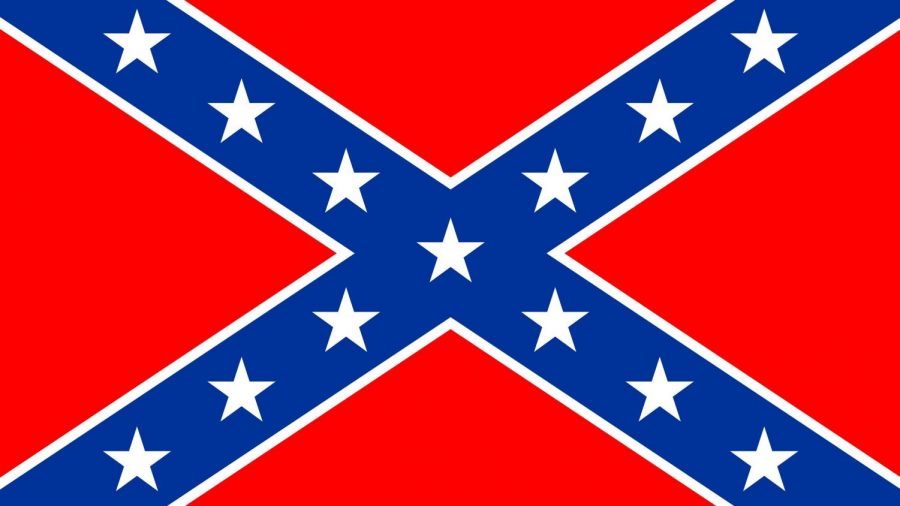A Relic of the Past in the Present
The First Amendment provides freedom of speech in all forms, whether that be written, spoken, or worn on a body.
How much freedom does this guarantee us? Quite a bit, except for a few exclusions. The classic example is shouting “Fire!” in a crowded theater. That’s not protected under the First Amendment, but instead falls under a free speech exception known as false statements of fact.
These exceptions, however, do not reference any broader, vaguer items, like symbols. How do you define the meaning of a picture, logo, or a flag? Try to define the meaning behind Edward Munch’s The Scream, the one with the man holding his face.
What about the logo for Trump’s campaign, as well as the tagline? It’s no different than wearing a Hillary or Bernie shirt, but is treated differently. People love to talk badly about Trump and even me when I wear the shirt to school. I never say anything about someone wearing a shirt from the other side because I know other people can have different opinions than me, and I respect that. The First Amendment, however, says I have the right to wear the Trump shirt just as people can wear other campaign shirts.
How about a flag? How do you view the United States flag and national anthem? Does it symbolize freedom and opportunity? Or, as in the eyes of a certain NFL free agent quarterback, does it represent a disgustingly divided and racist country?
A flag is just that: a symbol open to interpretation.
The confederate flag shares the same qualities. Now, it’s a relic of the country’s past, but still harkens back to a pivotal time in America’s history. For many in the Deep South, it’s an important part of their heritage. What that flag means to them may be different from what your typical Rio Americano student thinks of it.
Or, in a recent case, what a student and administration think of it. A dress code violation was recently given to a Rio student for wearing a confederate flag t-shirt. It raises the question of the First Amendment’s powers on school campus. Isn’t it a part of free speech to wear what we’d like on school campus, given it’s not using foul language, or suggesting drug use or sex? People may find the Confederate flag shirt offensive, but it’s one’s right to wear what he chooses. Like in the Trump example, some may have personal problems with it. Their opinion, though, doesn’t change one’s rights.
Administration refused to comment on the issue or release the student’s name for an interview. Maybe it’s time I wear an Armenian flag to school. Let’s not forget the Armenian genocide in the midst of World War I. Regarded as the Armenian holocaust, it exterminated over one and a half million Armenians. Would I be dress coded for wearing something offensive?
Probably not.
The Confederate flag has become a symbol of something people love to hate. To some, it’s a symbol of white, redneck Republicans, who carry their guns around and drink Budweiser day in and day out. A significant majority of whom voted for Trump. On the other side of the aisle, they’re seen as the opposition. What better way to deal with them then to demonize their heritage and, frankly, their lifestyle? Call them racist, sexist, and xenophobic for the way they live. Better yet, let’s just tear down historical monuments of the Confederacy, many of which had been around for quite a while. Will it stop there? Should we tear down George Washington’s statue because he owned slaves?
Should history be rewritten? Should we ignore the past?
Let’s take it one step farther and burn the books that go against a certain agenda. I’m seeing similarities to a certain fascist society in the 1930s and 40s. Until that point, however, we should try to not riot in the streets under the guise of “anti-fascism”. Vandalizing property and attacking people of different ideologies is the wrong tactic to combat oppression that is claimed to be taking place.
As 20th century philosopher George Santayana once said, “Those who cannot remember the past are condemned to repeat it.”




























